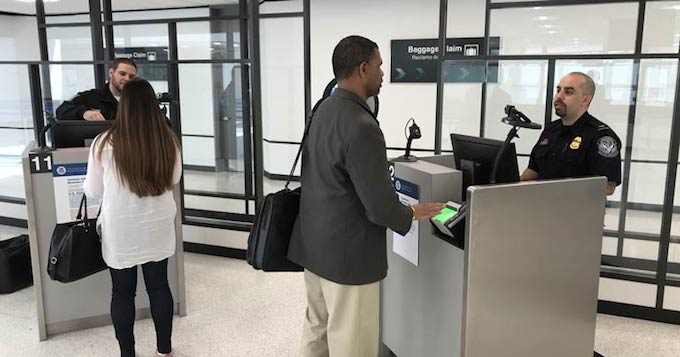WTTC urges action to develop biometrics
The World Travel & Tourism Council (WTTC) has urged aviation industry leaders to support the IATA One ID initiative and assign resources to support the global pursuit of common standards and interoperability for the benefit of the entire Travel & Tourism sector.
Speaking at the International Air Transport Association’s Annual General Meeting, WTTC president and CEO Gloria Guevara said more action was needed as biometric technology was “the future of travel”.
“It’s very simple: the faster we act, the faster we all reap the benefits of growth that accompany the adoption of biometrics – namely increased security, efficiencies and a better traveller journey,” she said.
“We have missed the opportunity to have a single solution; so it is crucial that we move faster to define the global standards for the use of technology in the traveller journey.
“I would like to congratulate IATA for its One ID initiative and we wholeheartedly support the resolution at this year’s AGM to encourage the faster global implementation of biometric passenger recognition. I urge airlines to assign resources to this initiative, and to work with IATA and WTTC on interoperability across the entire sector.”
According to the IATA the number of air travellers will double by 2037, said Guevara, “and it is clear that we will not see an increase of 100 per cent in existing infrastructure, so it is important to get this right”.

Guevara said companies that support and adopt biometrics early will have a competitive advantage in the market, which made it important for airlines to support IATA in this important task.
“WTTC, which represents the global private sector of Travel & Tourism, is working with IATA to introduce biometric technology into the non-aviation element of the traveller journey to provide a seamless experience,” she added.
“Last year, WTTC brought together more than 200 leaders from across travel, technology and government to drive this forward. We have been working to understand, map and explore how technology can be used to facilitate seamless travel.
“Through this endeavour, we have come across at least 53 different implementations and trials in six regions across the world. As an industry, our efforts are fragmented, with competing agendas and no end-to-end seamless journey currently in development.”
Guevara noted that it was recently reported that 71% of airlines and 77% of airports are currently investing in either researching or implementing biometric programmes, and applauded their efforts, while encouraging the aviation industry to work to overcome fragmentation.
“Governments around the world are waiting for the private sector to align around a common standard and framework that can work across the entire Travel & Tourism sector regardless of the individual technology provider,” he said.

“If we end up with multiple solutions in each country that do not connect, the costs will be significant and we risk losing the very benefits which biometric technology will bring.
“Rather than operating in silos, it is crucial that we together in pursuit of the common aim: a solution that will support the full end-to-end seamless traveller journey incorporating multiple airports, multiple airlines, car hire companies, hotels, booking agents, cruises and other players in the travel ecosystem.
“This will allow us to have higher-level support from governments, and to move faster to achieve higher growth.”




